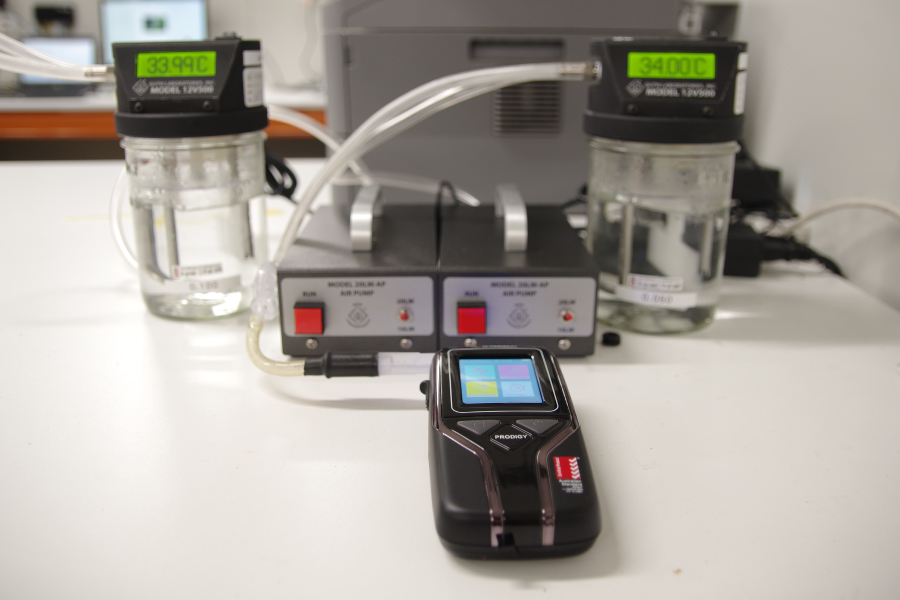Our Breathalyser Calibrations (or breathalyser recalibration) consist of:
- Performance Checkup - a series of tests are carried out to ensure your breathalyser is fit for use
- Calibration Standard - calibrations are carried out to Manufacturer's recommendations and Australian Standard AS3547:2019
- Battery Replacement
Breathalyser calibration
A Breathalyser calibration is important to ensure that it is providing accurate readings. It should be done regularly to make sure that the device is working properly and is not giving false readings. Calibration will also help to extend the life of your breathalyser.
A breathalyser is considered to be reliable when it can display accurate data regardless of the physical and environmental conditions in which the breath alcohol level testing is carried out. Australian Standard AS3547:2019 subjects the breathalysers to extensive testing under various conditions such as:
- State of charge of the battery
- A wide range of temperatures and humidity
- Electrical disturbances
- Shock and vibration
- Presence of interfering substances such as acetone, carbon monoxide, methane, and methanol
Breathalyser Mouthpieces

What is AS3547:2019
AS3547:2019 is the Australian Standard that lays out the requirements for performance, testing, and display information for breathalysers sold in Australia. In June 2022 it will supersede AS3547:1997 and will apply to all handheld breathalysers, wall-mounted breathalysers, and vehicle interlock devices. Personal breathalysers and single-use breathalysers will be covered in a separate Standard in the near future.
Seven things that you should know about the new standard AS3547:2019
- AS3547:2019 now includes breathalyser calibration and recommendations, however, this now defaults to manufacturer recommendations.
- The accuracy that devices need to achieve remains similar to AS3547:1997. In general terms, both standards are approximately ±10%.
- The unit of measurement basis has changed from Blood Alcohol Concentration (BAC) to Breath Alcohol Concentration (BrAC). This means the units of measure have changed from grams/100ml of blood to grams/210L of breath. This is consistent with units of measurement referred to within Australian law enforcement.
- Long-term drift performance of devices (the ability to maintain accuracy over time) has increased from a minimum of one month to a minimum of six months.
- Additional physical requirements have been added to improve shock, vibration, electrical disturbances, temperature, humidity, and battery charge.
- The Standard specifies that any data storage of the breathalysers should prevent overwriting and alteration. This ensures the legitimacy of the breath alcohol test data.
- The transition period, initially ending 28th of December 2020 has now been extended to 22nd June 2022.

